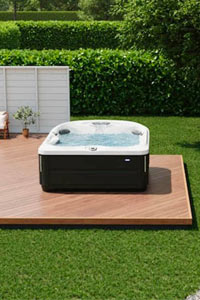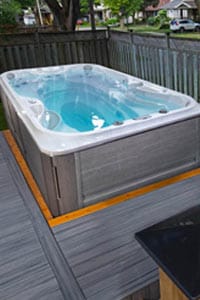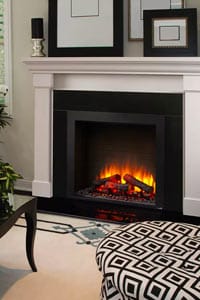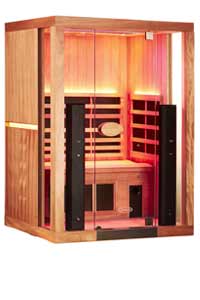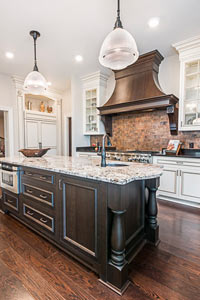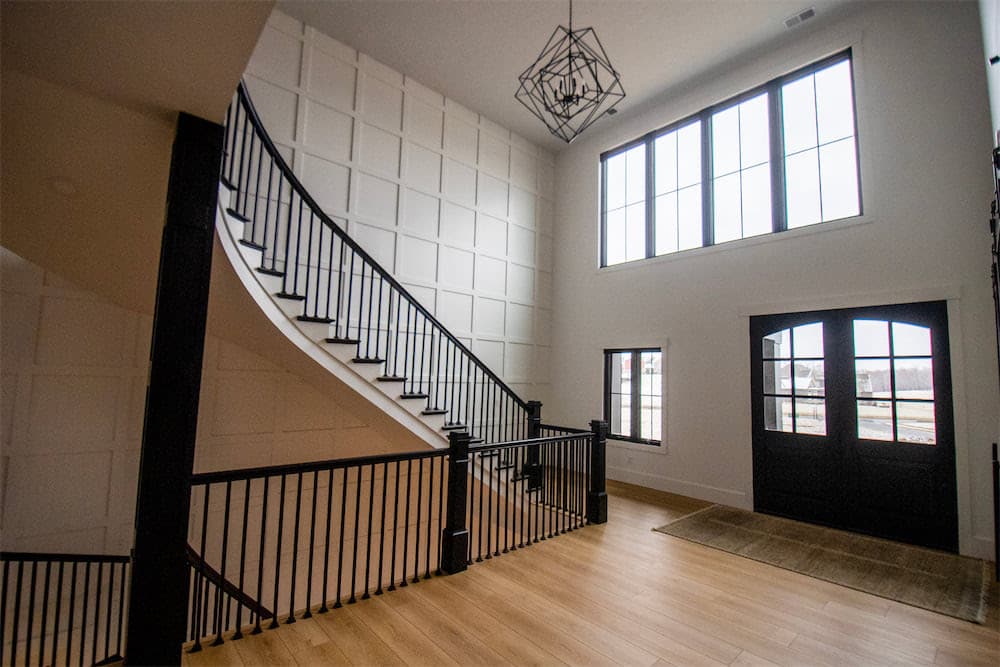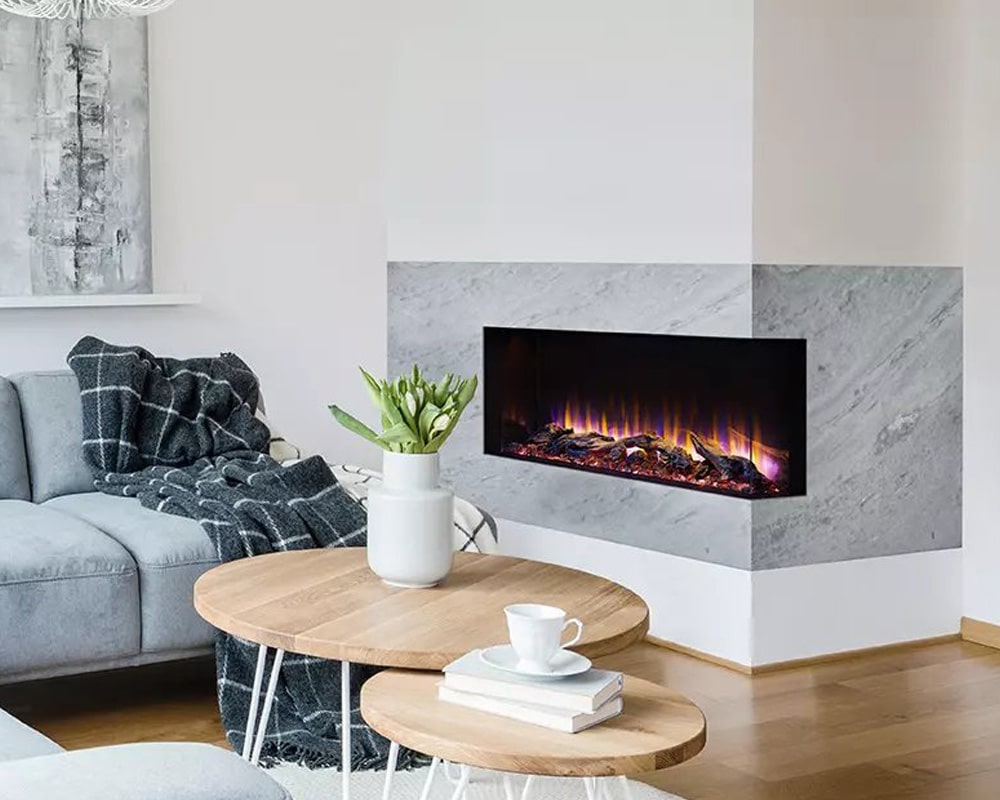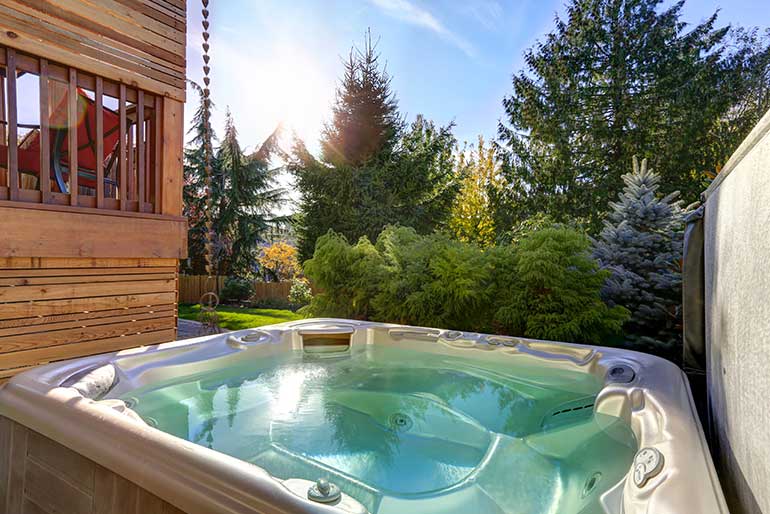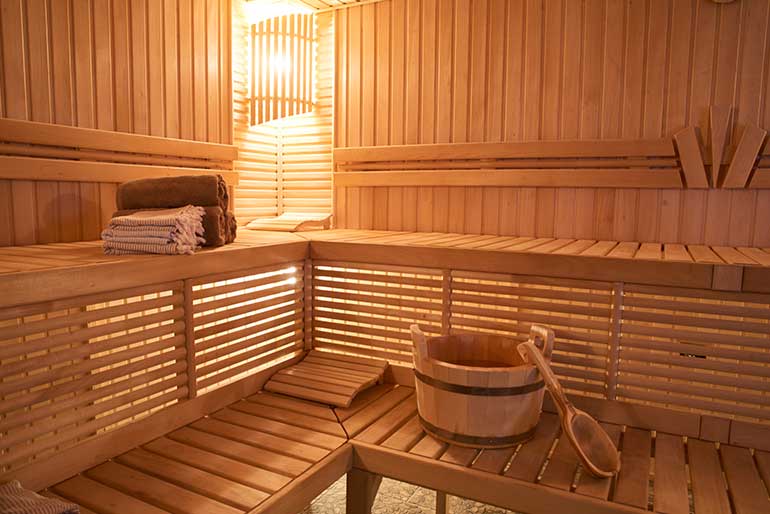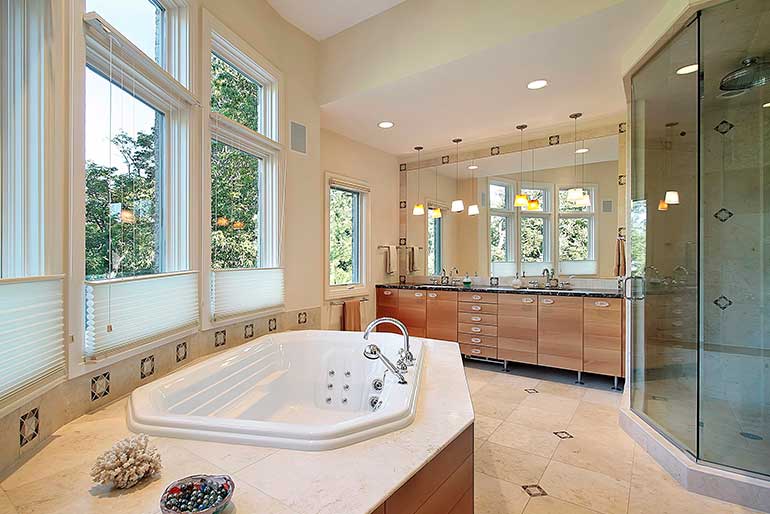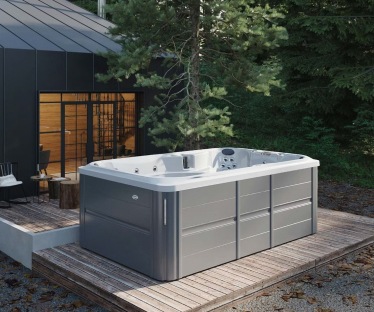The winter months can be cold and dreary, but with a fireplace in your home, you can bring some warm and cozy comfort that will help make your journey to spring a bit easier. The traditional fireplace is fine, but if you’re looking for something that requires less maintenance and hassle, you may want to consider a gas or electric option.
If you decide you’d like to add a fireplace to your home, you’re going to be presented with a few different options: direct vent, electric, or ventless. But what are the main differences between these options, and which one is perfect for you?
Direct Vent Fireplaces
Direct vent fireplaces rely on outdoor air for combustion rather than drawing air from within your home. With a dual-chamber flue system, one chamber brings in cold air, while the other expels exhaust. This design results in a highly efficient fireplace that minimizes heat loss through the flue and ensures more warmth circulates within your home. Direct vent gas fireplaces can be used safely without the use of electricity, keeping your home filled with clean, warm air.
Pros of Direct Vent Fireplaces
Opting for a direct vent fireplace provides the following advantages:
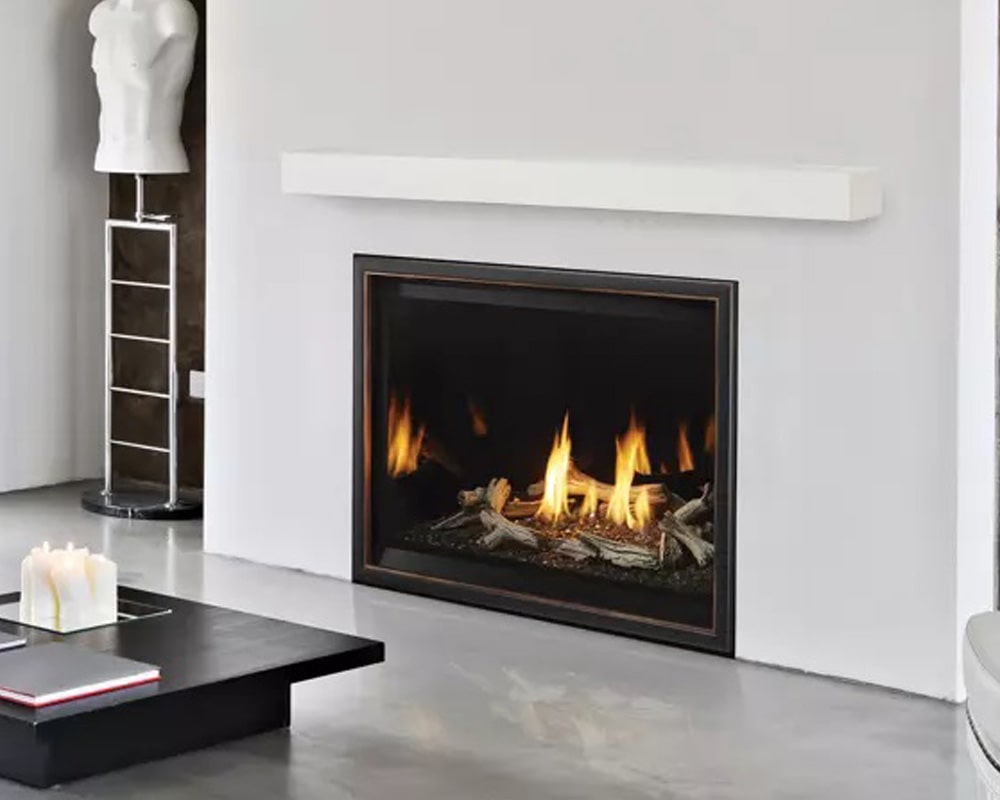
- Realistic Look. If you want to get as close to the real thing as possible with your new fireplace, then direct vent is the best option. The log and flame setup of direct vent tends to look the most realistic.
- Increased Safety. Direct vent fireplaces are designed with safety in mind. They don’t require a flue through the roof, so back drafting isn’t an issue. In addition to preserving your indoor air quality, the glass front remains cool to the touch, reducing the risk of burns. Another safety features are oxygen depletion sensors that automatically shut off in the event oxygen levels ever drop too low.
- Versatility. One great feature of a direct vent fireplace is its installation flexibility. A direct vent fireplace can be vented through your roof or a side wall of your home, whereas a natural vent fireplace needs to be vented vertically only. This means you could install your fireplace essentially anywhere.
- Preserved Indoor Air Quality. Direct vent fireplaces act as a barrier, blocking harmful gases such as carbon monoxide and nitrogen dioxide from entering your home. This keeps your home healthy and comfortable for you and your loved ones.
- Cost Savings. Direct vent fireplaces help you save on your heating expenses because they use natural gas or propane as a fuel source which is typically more cost-effective than traditional wood-burning fireplaces. They’re also highly efficient as they convert the majority of the fuel into usable heat, minimizing energy waste and ultimately reducing your utility costs.
Electric Fireplaces
Electric fireplaces run on electricity and do not require a gas line. They also don’t create a flame but rather simulate it with natural-looking resin logs and a soft glow that imitates the embers of a traditional fireplace.
Pros of Electric Fireplaces
The biggest advantages of electric fireplaces include the following:
- No Gas Necessary. If you don’t have gas lines in your home, an electric fireplace may be ideal.
- Easy to Use. Operating an electric fireplace is as easy as flipping a switch! Remote controls allow you to conveniently adjust the flame and even set timers.
- Easy Installation. Electric fireplaces can be installed nearly anywhere there’s a power source without the need for a chimney or vent.
- Clean and Safe. Since electric fireplaces don’t produce smoke or emissions, they keep your air safe from pollutants.
- Easy to Maintain. While traditional fireplaces need cleaning and chimney inspections, electric fireplaces don’t require much maintenance other than the occasional dusting.
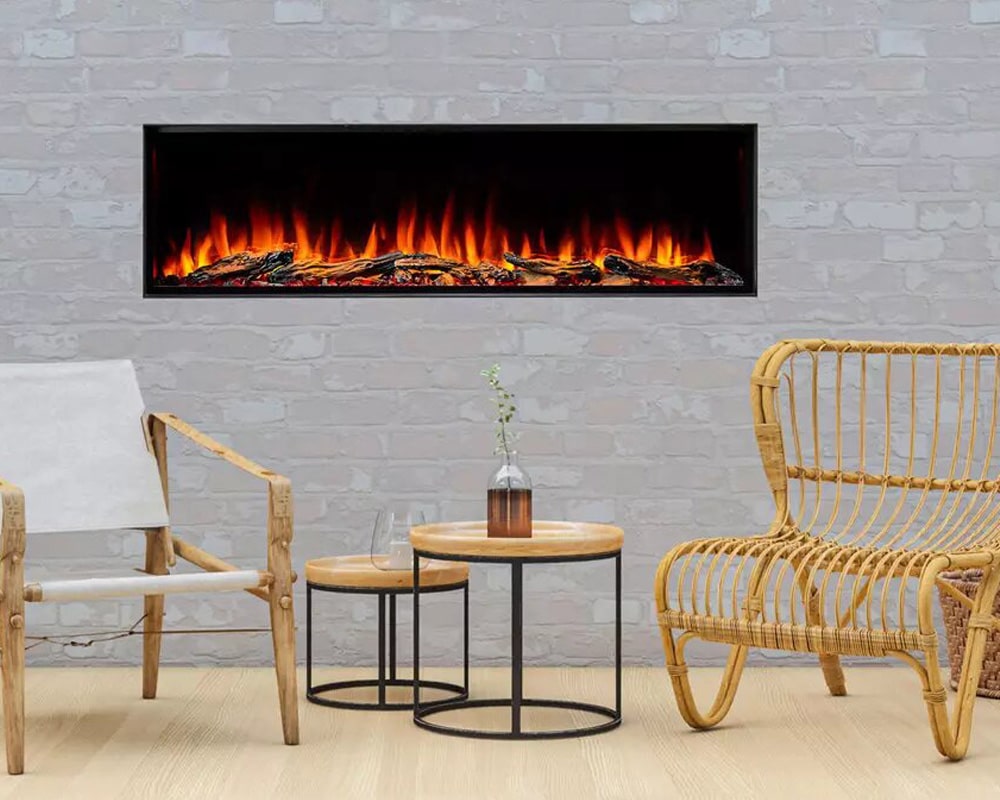
Cons of Electric Fireplaces
The biggest disadvantages of electric fireplaces include the following:
- Less Realistic Looking. Electric fireplaces can have a cozy appeal, but they’re not quite as realistic looking as a gas fireplace.
- Energy Consumption. Electric fireplaces will increase your power bill, especially if you use them often.
Ventless Fireplaces
Ventless fireplaces do not require any venting or a chimney. Instead, they use indoor air for combustion and release byproducts directly into the room. This results in poor air quality and potential health risks.
Cons of Ventless Fireplaces
The biggest disadvantages of ventless fireplaces include the following:
- Poor Indoor Air Quality. One of the main concerns with ventless fireplaces is how they impact your indoor air quality. Ventless fireplaces release combustion byproducts, such as carbon monoxide and nitrogen dioxide into the room so proper ventilation is essential.
- Stricter Regulations. You will be more limited in where you can install your ventless fireplace due to regulations on its placement and use.
- Moisture and Condensation. Ventless fireplaces produce water vapor during combustion and with time, this moisture may build up on walls and windows, potentially causing mold and mildew problems.
- Inadequate Heat Distribution. Ventless fireplaces are great at providing localized heat, but they’re not ideal for heating large spaces or open floor plans. The heat they generate tends to gather around the fireplace or rise to the ceiling. This results in temperature variations in other areas of the room.
Choosing the Best Fireplace for You
Direct vent fireplaces offer an efficient and effective heating solution. They’re a superior choice if you’re looking for a new fireplace for your home. If you’d like to learn more about your fireplace options, contact us or visit our showroom. We’d be happy to answer any questions you may have!
